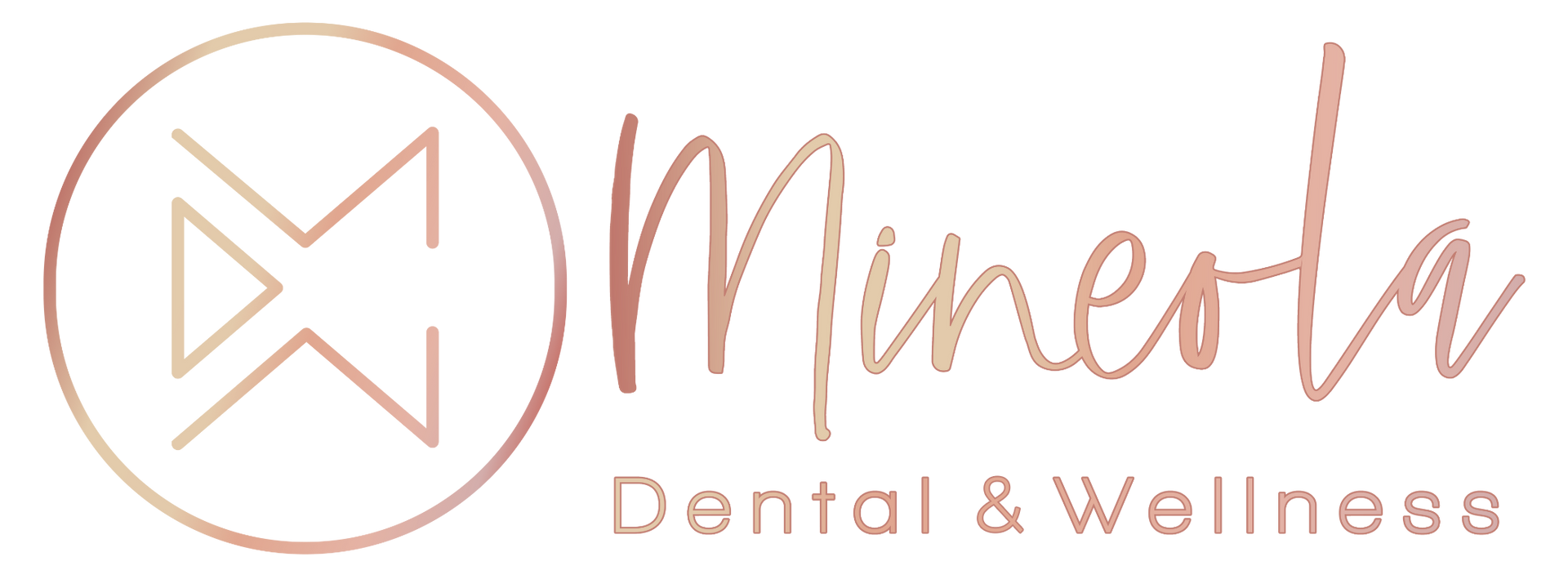Myofunctional Therapy
Our Service
CONTACT US
Achieve Your Best Smile
Ready for a brighter smile? Schedule your appointment today and let our expert team transform your dental health!

SEND US A MESSAGE
Please fill-up the form below:
Myofunctional Therapy - Form
FOLLOW US ON SOCIAL MEDIA
Myofunctional Therapy Exercises May Help to Improve Sleep Apnea
Strengthen Your Tongue With Targeted Movements
Myofunctional therapy is a program involving exercises to strengthen weak muscles around the airway, including the tongue, face, and mouth. By teaching people how to properly engage their tongue and orofacial muscles, myofunctional therapy helps correct problems with talking, eating, or breathing, especially when used in children. Research has found it may be helpful for improving snoring and sleep apnea. This article discusses how myofunctional therapy works, including what exercises are involved and how it might help sleep apnea.
Myofunctional Therapy Program
Myofunctional therapy is a program of specific exercises that target the facial muscles used to chew and swallow. These exercises strengthen the tongue.
The oropharynx is the part of the body that includes the mouth and throat. In simple terms, it is a tube lined with muscular tissues. These muscles help us to eat, talk, and breathe. They also help to keep the airway open, especially during sleep. When the muscles of the oropharynx are weak, they may disrupt the flow of air and snoring may ensue. If they let the tube collapse, the airway becomes blocked, such as happens during sleep apnea. Moreover, a weak and floppy tongue may fall back into the throat and create an obstruction.
Myofunctional therapy includes exercises that are meant to improve the strength of the muscles within the oropharynx, including the tongue. In addition, it helps to reinforce the proper position of the tongue within the mouth.
Sleep specialists use myofunctional therapy to improve breathing problems during sleep, especially in children. Moreover, it is used by dentists and orthodontists concerned about the movement of teeth that occurs when the tongue pushes against teeth. The tongue normally rests with its tip placed against the hard palate, just behind the front teeth.
Myofunctional therapy may be an attractive alternative treatment for sleep apnea. There is some evidence that it can decrease sleep apnea severity. Research demonstrated a decrease in the apnea-hypopnea index (AHI) from 24.5 to 12.3, dropping severity from a moderate to mild level. It may also decrease snoring and daytime sleepiness.
Fortunately, the treatment is non-invasive, inexpensive, and has no major risks. It may be an attractive alternative to other therapies for sleep apnea. For example, you may be able to avoid the use of continuous positive airway pressure (CPAP) or even surgery. In addition, the therapy has been used in other conditions beyond sleep apnea. It may benefit those who suffer from a variety of ailments, including:
- Headaches
- Gastroesophageal reflux disease (GERD) or heartburn
- Temporomandibular joint (TMJ) pain
- Neck pain
- Thumb sucking
- Nail biting
Rather than turning to the use of medications that may have side effects, myofunctional therapy relies on exercises that have few risks and may be quite beneficial.
Exercises
The exercises used in myofunctional therapy may be employed in children who are 6 years and older. They also may be helpful in adults. The therapy can be done at home and elsewhere as well (but some of the exercises may attract undesirable attention). You may wish to speak with your healthcare provider about the appropriateness of using the exercises as they may be difficult for people who have a short frenulum (the tissue connecting the tongue to the floor of the mouth).
The following exercises should be repeated 10 times and ideally, the entire set should be done at least 4 times per day. In total, 45 minutes per day should be devoted to the therapy. Myofunctional therapy should be performed daily for at least 2 years to have maximum benefit.
The regimen includes the following exercises.
Exercise 1: Push Up the Tongue
Place the tip of the tongue against the hard palate on the roof of the mouth, just behind the top teeth, and push upwards and hold for 5 seconds. Repeat 10 times.
Exercise 2: Touch Nose
Stick out your tongue and try to touch the tip of your nose and hold for 10 seconds, then relax. Repeat 10 times.
Exercise 3: Touch Chin
Stick out your tongue and try to lick the bottom of your chin and hold for 10 seconds, then relax. Repeat 10 times.
Exercise 4: Push Tongue Left
Stick out your tongue and move it as far as you can to the left and hold for 10 seconds, then relax. Repeat 10 times.
Exercise 5: Push Tongue Right
Stick out your tongue and move it as far as you can to the right and hold for 10 seconds, then relax. Repeat 10 times.
Exercise 6: Roll Tongue
Roll your tongue by folding the edges toward the middle lengthwise, so it looks like the end of a taco shell. Stick it out as far as you can while keeping it folded and hold for 10 seconds, then relax. Repeat 10 times.
Exercise 7: Click the Tongue
Make a loud clicking sound with the tongue against the roof of the mouth. Click the tongue for 15 seconds and then repeat 10 times.
Exercise 8: Push the Tongue Against a Spoon
Push the tip of your tongue firmly against a spoon held in front of your lips for 10 seconds. Keep the tongue straight and don't let it point downwards. Repeat 10 times.
Exercise 9: Hold a Spoon
Place the handle of a metal spoon between your lips and hold it in place with only your lips for 10 seconds. Do not place the handle between your teeth. Try to keep it parallel to the floor. As your strength improves, you can place other small objects on the spoon for added weight (i.e., sugar cube). Repeat 10 times.
Exercise 10: Hold a Button
For children and adults who are not at risk of swallowing a button, tie one to a piece of string at least 10 cm in length. Place the button between the teeth and lips. Purse your lips tightly and pull out on the string, not letting it slip out. Pull for 10 seconds, then relax. Repeat 10 times. For added difficulty, place the button flat between the lips.
You can begin treatment at home without any additional guidance. However, if you are interested in learning more about myofunctional therapy, you can start by speaking with your primary care healthcare provider who may refer you to a dentist, orthodontist, sleep specialist, or physical therapist, depending on your individual needs. This professional assessment will also be important to ensure that you are getting the benefits that you intend.




